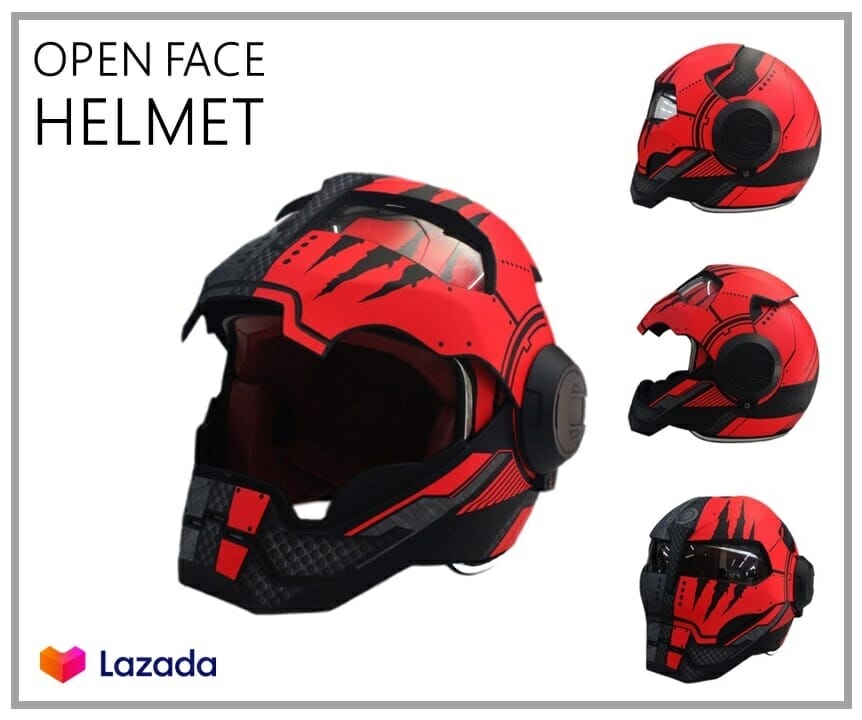Concrete is considered as the most widely used human-made construction material in the world, thanks largely to its compressive strength provided by its calcium silicate hydrate (CSH) component. But we know that for concrete to withstand loads, it needs to have the flexural and tensile strengths of steel to form reinforced concrete. It is only after the two is combined to create sturdy structures.
But the problem is that steel bars or reinforcement bars are often expensive, prone to corrosion, and considerably difficult to transport. For this, researchers are looking into alternatives.
Previous attempts include inserting a soft matter into CSH to get a more elastic material. But this ended up with irregular nanostructures causing weaknesses in flexural strength.
Now, scientists have looked into nature for another attempt.
“Nature uses extremely sophisticated building principles to build up biominerals, which show outstanding properties,” says Helmut Cölfen from the University of Konstanz in Germany. He and his team were able to use their previous work on the structure of sea urchin spines in producing CSH with a highly-ordered nanostructure unlike previous attempts.
The research builds on the composition of sea urchin spines, which mesocrystalline calcites. Although they are hard but brittle calcite, they gain strength from the thin amorphous layers in between the regular orders like rows of bricks, acting as pliable mortar that stop cracks to develop.

Wikipedia Commons
Relying on such natural occurrence, the team copied the arrangement and made a colloid suspension of CSH particles. Cölfen and his colleagues added calcium chloride to a sodium silicate solution with a polyacrylic acid co-polymer. The role of the polymer is to prevent the natural clumping of CSH particles as well as ensure even dispersal of the colloid.
To control and trigger the CSH particles to self-assemble into mesocrystals, they tried two methods which involve adjustments in the pH and in the polymer to CSH ratio of the colloid.
After the necessary alterations, the researchers saw the similarity of the new material to that of their inspiration, the sea urchin spines. They discovered upon testing, which was to press a 3µm square of mesocrystal with a micromanipulator under an electron microscope, that the material’s flexural strength reached to almost 200 Megapascals. In comparison, steel’s flexural strength is at 250 MPa.
Now Cölfen is working on scaling up the production. He believes that the material will be useful in areas vulnerable to earthquakes.
“In regions with earthquakes, this material could be very beneficial since it shows elastic deformation. This means a construction would shake but not break,” he said.
He has suggestions on their present method as commercialization is almost impossible with their model. One, find a cheaper polymer, and another, get a way out of the fast drying of the material.
Source: Chemistry World






















